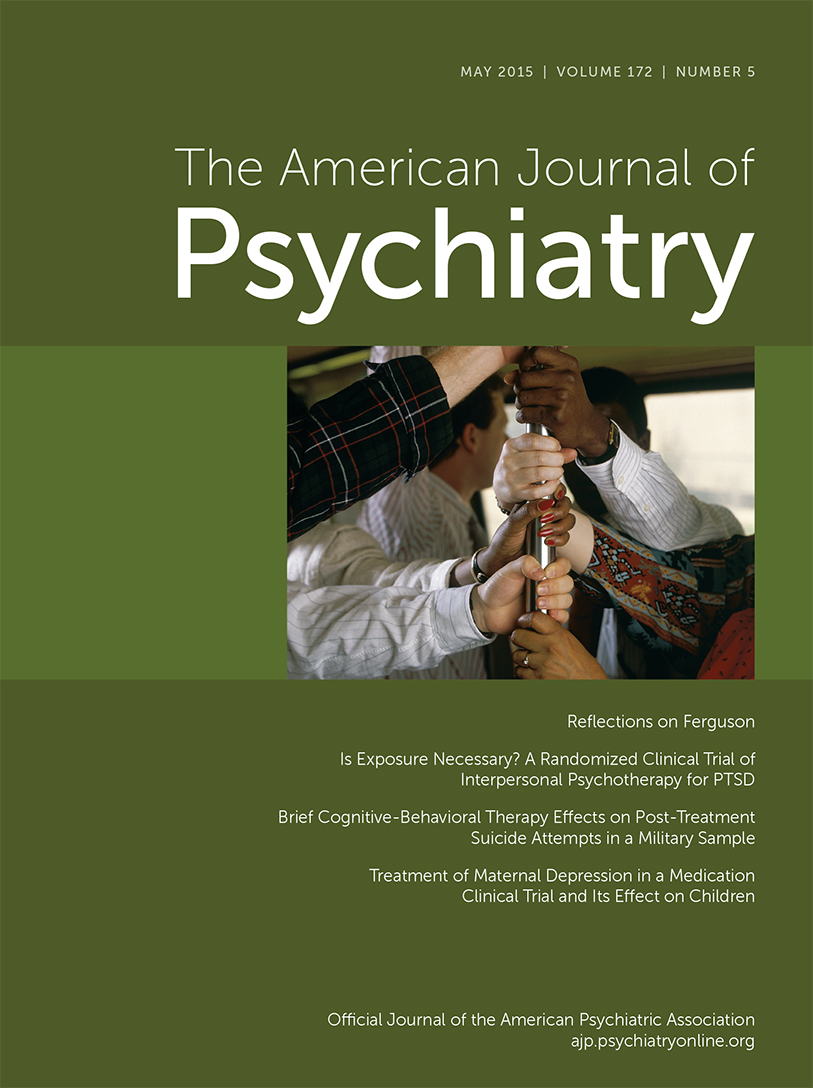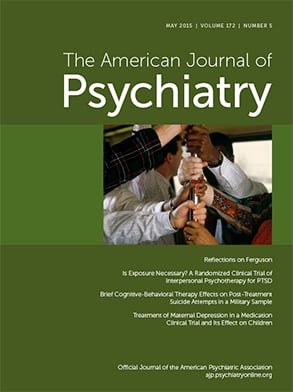The Clinical Discovery of Imipramine
Abstract
“The disadvantages of shock therapy are well known. Psychoorganic symptoms are observed, particularly if seizures are frequently induced. It is common that a good effect is only seen with initial treatment and that this therapy becomes less effective in the course of frequent recurrences. Furthermore, some patients do not respond at all to electroshocks. Psychotherapy for mostly reactive depression can be very tedious and difficult, and is not always successful. Biological, pathophysiological and psychopathological experiences seem to suggest experiments regarding the influence of pharmacological treatment on depressive states of various geneses. Up to the present time, none of the recommended medications have gained acceptance. Amphetamines and similar agents sometimes have some influence on certain types of depression. Most of the time, the effect is insignificant and temporary or absent. Addiction is also a common problem….Therefore, waiting until the depression subsides is in many cases, even today, the only available option.” (1)
“[T]he diagnostic evaluation of patients with depressive states is not always easy. Errors are common, and the assessment of treatment results is difficult for these reasons alone. In many cases, a combination of endogenous, organic and reactive-psychogenetic factors may further complicate the conditions for pharmacological research. These diseases cannot be induced experimentally, and all studies have to be performed with diseases in humans. The reports of these sick persons are the basis for an evaluation of the effects. In addition, spontaneous courses of the disease and the influence of the environment and interpersonal relationships must be taken into consideration.” (1)
“Symptoms of depressive mood that are obvious when observing the patient’s appearance often improve significantly under treatment with G22355. The facial expression loses rigidity, modulation and expression abilities return. The patients become livelier, the depressive whispering becomes louder, patients become more communicative, and moaning and whining can no longer be heard. If the patient was discontented, querulous or irritated, he changes into a friendly, content and amenable person. Hypochondriac and neurasthenic complaints are no longer dominant or disappear completely. Patients who had great difficulties in getting up in the morning, get out of bed early with their own initiative, at the same time as other patients. They initiate relationships with other people, start conversations, participate in the daily life of the clinic, write letters, and are again interested in their family matters. They start working spontaneously, get their work done, and the slowness in their life is replaced by a normal vitality. With these improvements, the patients become popular in the ward. Their mood and behavior appear to be balanced. Several times, family members were fascinated and told the physician that the patient had not been in such a good condition for a long time.Most of the time, the patients notice the change, report it, are, of course, very joyous about it and talk about a miraculous cure. The feelings of heaviness, tiredness, weakness, depression, inner tension, rigidity and restlessness subside. The patients feel free again, inhibition of thoughts and activities disappears, thoughts and activities return. A sad, depressed, desperate and fearful mood turns into a neutral unburdened or somewhat cheerful mood with the feeling of healing and increasing strength. Feelings of guilt, delusions of impoverishment or culpability simply disappear or lose their affective importance, move into a distance, and the patient becomes indifferent and unconcerned with respect to these feelings. It happened that a pronounced suicidal intent of a patient suddenly disappeared! If sleep was disturbed by depressive symptoms, it normalizes quickly without sleep-inducing medications, even in cases who did not respond to common hypnotic agents. Nightmares, sometimes occurring in depressive people, with blood, dead bodies, terrible accidents, and gruesome atrocities, frequently accompanied by terrible fear, no longer occur under the treatment. Morning moodiness and other daytime fluctuations of the depressive state are no longer observed. If the patient had no appetite, his appetite returns. Sometimes, constipation due to depression improves.” (1)
“In some patients, the effect of G22355 on depressive states occurred suddenly after 2–3 days of treatment, and was fully pronounced from the beginning so that it seemed that the depression disappeared completely. Frequently, however, the change occurred only after 1–4 weeks, sometimes after several weeks.Our experience is based on 40 successfully treated patients with predominantly depressive states. How many patients with similar disorders had no or only a partial response? Our numbers are too small to provide statistics. The problems of evaluation are also very complicated. We can say with certainty that not all depressive states respond to G22355. Sometimes, the drug had no effect whatsoever. With all possible caution, we estimate that one fifth to one fourth of all cases diagnosed with common diagnostic measures did not respond to treatment. In about one fourth to one half of the cases, full remission was achieved. In all other cases, G22355 induced significant improvement but no full remission.If improvement occurs slowly, the dangers are similar to those during spontaneous subsidence of depression. Self-endangerment increases with decreasing inhibitions. The suicide of a depressed schizophrenic patient in the restroom of one of our closed wards was probably the result of such an effect.Based on our experience, we recognized certain patterns that suggest that the drug has particularly good effects in patients with certain conditions. First and foremost, this is the case in patients with typical endogenous depression, including depression in menopause.” (1)
“Even more difficult to predict is the response to G22355 in patients with reactive-depressive states. We have treated various cases with dysthymia due to an actual reason. For example, an old woman was depressed after the death of her husband, a young woman had depression after a criminal abortion under difficult circumstances, and in a middle-aged woman, severe disability for many years due to paralyses caused by poliomyelitis, was associated with depressive mood. In these and other cases, we were impressed to see that very difficult, burdensome situations lost their significance to a great extent under treatment with G22355, although the circumstances did not change.In some cases, we had the impression that actual reasons for a depressive mood or neurotic development in childhood prevented the full effect of G22355 or were responsible for quick recurrences after discontinuation of the drug. Of course, the psychological problems may be discussed in long-term psychotherapies. In the course of psychotherapy, the drug may be useful if mood disturbances or anxiety occur unexpectedly. We also observed changes in the effectiveness in relation to the course of psychotherapy. In a patient with a physical disability who underwent psychotherapy for many years and achieved only slight alleviation of severe depressive symptoms (despite solving numerous problems in his life and detecting relations of symptoms with his childhood), G22355 improved his mood disturbance significantly within a week.” (1)
Acknowledgments
References
Information & Authors
Information
Published In
History
Authors
Competing Interests
Metrics & Citations
Metrics
Citations
Export Citations
If you have the appropriate software installed, you can download article citation data to the citation manager of your choice. Simply select your manager software from the list below and click Download.
For more information or tips please see 'Downloading to a citation manager' in the Help menu.
View Options
View options
PDF/EPUB
View PDF/EPUBLogin options
Already a subscriber? Access your subscription through your login credentials or your institution for full access to this article.
Personal login Institutional Login Open Athens loginNot a subscriber?
PsychiatryOnline subscription options offer access to the DSM-5-TR® library, books, journals, CME, and patient resources. This all-in-one virtual library provides psychiatrists and mental health professionals with key resources for diagnosis, treatment, research, and professional development.
Need more help? PsychiatryOnline Customer Service may be reached by emailing [email protected] or by calling 800-368-5777 (in the U.S.) or 703-907-7322 (outside the U.S.).

